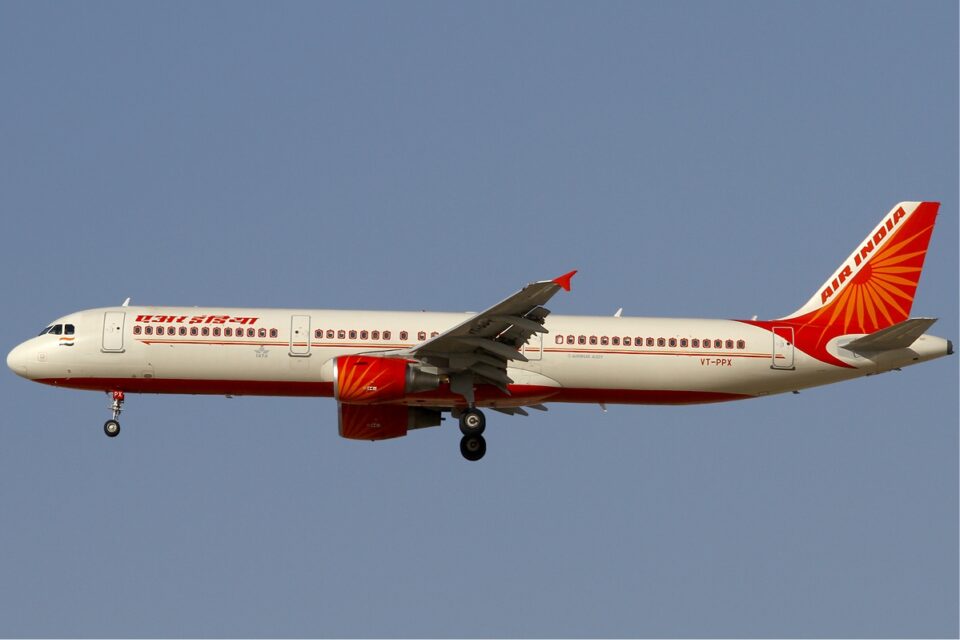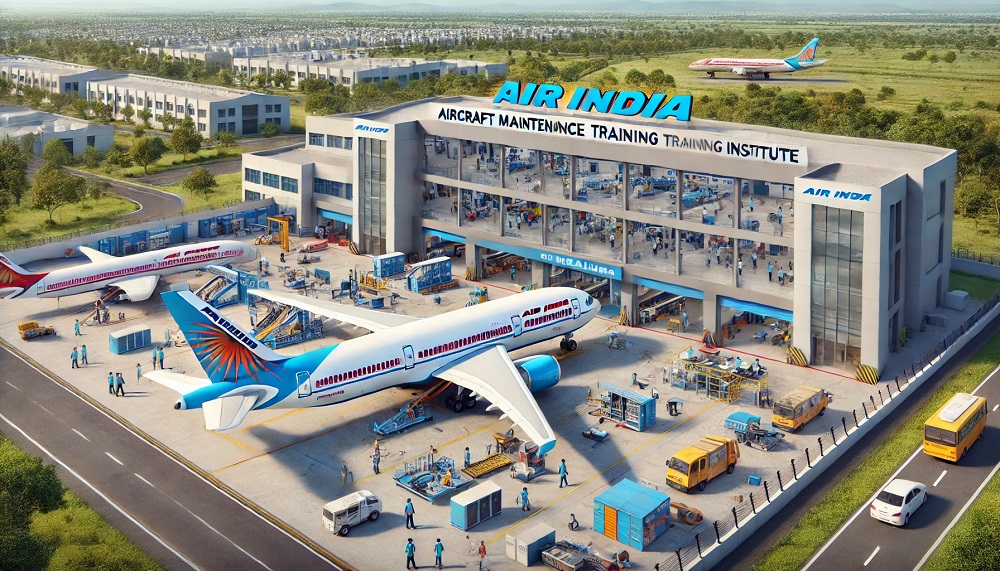Airlines
Woman slams Air India for downgrading her mother’s business class ticket to economy,

Air India finds itself embroiled in controversy yet again following a recent incident where a passenger was downgraded from Business Class to Economy Class on a flight from Delhi to Washington DC.
The incident has sparked a debate surrounding customer service standards and the airline’s adherence to established protocols. when a user, Ms. Vitasta, took to social media to share her mother’s troubling experience. According to her account, her mother, who held a Business Class ticket for the Delhi to Washington DC flight, was confronted with a series of bewildering situations.
Initially, airline staff informed her that her seat couldn’t recline, followed by the explanation that it was reserved for the crew. However, to her dismay, she later discovered another passenger occupying her rightful seat while she was unceremoniously shifted to Economy Class. Ms. Vitasta expressed her frustration in a tweet, condemning Air India for its actions and highlighting the discomfort and inconvenience her mother endured.
In response, Air India reached out to Ms. Vitasta, assuring her that they were investigating the matter with priority alongside the airport team. However, their subsequent offer of compensation, which included 75% of the fare and an upgrade voucher, was met with skepticism and further criticism. Ms. Vitasta updated her followers, expressing dissatisfaction with the compensatory measures and denouncing the rude behavior of the ground staff in Delhi.
Following the incident, Air India purportedly offered to compensate 75% of the fare and provided an upgrade voucher to Ms. Vitasta’s mother. However, many online users deemed this response inadequate and urged her to file a formal complaint against the airline for the deficiency of service experienced. “Don’t accept the 75%; she paid for a service and didn’t receive it; she should get 100% minimum,” said a second person. “@airindia’s reckless, arrogant culture would never change regardless of who owns it,” commented a third.

Airlines
Air India to Launch aircraft maintenance training institute in Bengaluru

Air India, one of India’s leading global airlines, is set to establish a Basic Maintenance Training Organization (BMTO) in Bengaluru.
This institute will offer a comprehensive Aircraft Maintenance Engineering (AME) program certified by the Directorate General of Civil Aviation (DGCA). The program will follow an integrated 2+2 year structure, combining classroom learning with practical, hands-on training.
This initiative is part of Air India’s broader goal of creating a robust aviation ecosystem in India. With plans to expand its fleet and strengthen its operations, the airline aims to build a skilled workforce of maintenance engineers, making the organization self-reliant while supporting its ambitious transformation journey.
This country tops visa rejections in the popular Schengen countries
To bring this vision to life, air india has partnered with Bengaluru Airport City Limited (BACL), a subsidiary of Bangalore International Airport Limited (BIAL). Together, they will develop a state-of-the-art facility spanning 86,000 square feet at Bengaluru Airport City.
This purpose-built campus will feature modern classrooms, well-equipped laboratories, and qualified trainers to deliver world-class education and training. The institute is expected to become operational by mid-2026.
The BMTO will be located close to Air India’s new 12-bay Maintenance, Repair, and Overhaul (MRO) facility, also set to open in Bengaluru by early 2026. The AME program will begin with two years of academic coursework, followed by two years of practical training at the MRO, ensuring students receive hands-on experience adhering to industry standards.
Sanctions & Engine Issues Ground Half of Russia’s A320neo fleet
In the meantime, Air India has introduced a Cadet AME program in collaboration with reputable institutions in Bengaluru and Hyderabad.
This ensures continuity in its commitment to developing skilled aircraft maintenance engineers while the BMTO facility is under construction. The program also allows students to pursue a bachelor’s degree through university partnerships, enhancing their career and academic opportunities.
With this initiative, air india plane aims to address the growing demand for skilled professionals in aircraft maintenance and engineering, air india new planes contributing to the development of India’s aviation sector and creating specialized career paths for aspiring engineers.
-

 Aviation2 months ago
Aviation2 months agoMicrosoft Flight Simulator Raises $3 Million to Bring Back the An-225 Mriya
-

 Airlines2 months ago
Airlines2 months agoQatar Citizens Can Travel to the United States Without a Visa
-

 Aviation2 months ago
Aviation2 months agoQatar Airways bans these new Electronic Devices on plane
-

 Airlines2 months ago
Airlines2 months agoJapan Airlines Rolls Out Free Domestic Flights to International Passengers
-

 Defence2 months ago
Defence2 months agoWhich Country Has the Largest Fleet of Fighter Aircraft?
-

 Airport2 months ago
Airport2 months agoWestern Sydney Airport Welcomes Its First Plane After 6 Years of construction
-

 Travel2 months ago
Travel2 months agoQatar Airways Launches Four Additional Flights from Amsterdam
-

 Aviation2 months ago
Aviation2 months agoDid you know ? Once Boeing 747 carried 1088 passenger in 1991








